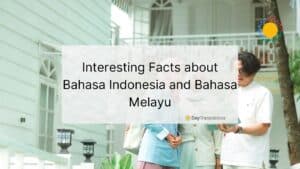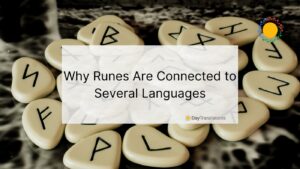Welcome back to The Language Classroom, where we explore the wild, wonderful, and often weird world of words! This week, we’re diving into something you might not expect, languages that are barely older than your grandparents, or even your parents! Yep, not all languages are ancient. Some are practically babies. Let’s explore the youngest languages in the world, their origins, and what they can teach us about the future of communication.
Wait, New Languages Still Get Created?
Totally! While many languages have roots that stretch back thousands of years, new languages can still emerge. Sometimes they form naturally in isolated communities. Other times, they’re created for specific needs, like international communication or even storytelling.
These new languages demonstrate that language is constantly evolving, and they serve as living proof that humans will always find new ways to communicate with one another.
Three of the Youngest Languages on Earth
1. Light Warlpiri – Australia (born ~1980s)
In a small Indigenous community in Australia, children started blending Warlpiri, Kriol, and English into something totally new. Over time, they created their own system of grammar and vocabulary, and voilà! Light Warlpiri was born. What’s really cool is that it started among kids and is now passed down to the next generation!
2. Tok Pisin – Papua New Guinea (evolved ~1900s)
Tok Pisin began as a pidgin language, a simplified way for people who spoke different languages to communicate. However, over time, it developed its own rules, structure, and native speakers. Now it’s one of the official languages of Papua New Guinea, and it continues to grow!
3. Nicaraguan Sign Language – Nicaragua (born ~1970s–1980s)
This one’s fantastic. Before the 1970s, deaf children in Nicaragua didn’t have a shared sign language. But when they were brought together at a school, they started making signs to communicate, and over the years, those signs developed into a full, complex new language. And yes, it was entirely invented by kids!
What About Made-Up Languages?
You bet! Some new languages are created on purpose.
- Esperanto (1887): Designed to be an easy-to-learn global language that promotes peace.
- Klingon (1984): A language made for Star Trek fans – yes, it’s real and has its own grammar!
- Dothraki and High Valyrian: Created for Game of Thrones, but some people are actually learning to speak them!
These are called constructed languages (or conlangs), and while they’re not always used for daily life, they’re proof that creativity knows no bounds in language.
Why Do Young Languages Matter?
Young languages help us see how language:
- Adapts to new social needs
- Connects people from different backgrounds
- Creates identity and community
- Evolves right in front of our eyes
They also remind us that language is more than just words – it’s a living, breathing part of human life.
Final Thoughts: A Future Full of New Voices
The youngest languages in the world are a testament to the fact that humans continually innovate in the realm of communication. Whether it’s a blend of ancient tongues, a sign language invented by schoolchildren, or a fictional language created for TV, new forms of expression are always emerging.












Sorry, the comment form is closed at this time.